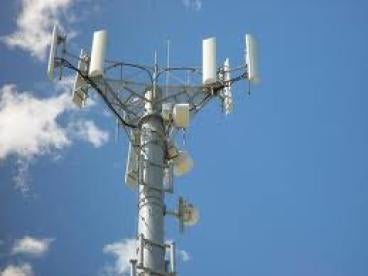Training and education were highlighted as key concerns of participants at a February 11 workshop called by the Occupational Safety and Health Administration and the Federal Communications Commission to discuss proposed guidance for best safety practices for mobile phone and broadcast tower workers and to provide an update on certification and apprentice programs for those employees.
Best safety practices are needed to protect workers, who climb communication towers to perform construction and maintenance activities and face harm in several ways, including from falls, hazards associated with structural collapses, improper rigging and hoisting practices, and “struck-by” incidents. Twenty-five communications tower workers died on the job during 2013-2014.
Certification programs, such as one being developed by the National Wireless Safety Alliance, were reviewed. Other industry organizations and employers also are preparing certification and education standards, and a consensus standard (ANSI A10.48) is under development. Still, being able to compare company qualifications and the knowledge workers bring to the job is difficult, participants said, as reported by Bloomberg BNA. For instance, some companies will indicate workers are certified through a private training program, but, in reality, the certification is nothing more than a worker’s name added to a blank certificate.
Speakers noted that a challenge to maintaining experienced, well-trained workers is the boom-and-bust cycle of the industry. New workers are trained and gain experience, then are forced out of the industry when the work slows down.
Overall, participants supported the guidelines, agreeing that written safety plans and contract requirements alone would not succeed. Participants indicated they would like to see a number of items in the final version of the best practices guidance, including designing towers with built-in safety features, such as working platforms and fall protection connection points. They also recommended a 100 percent tie-off requirement for workers at heights and that stop-work authority be given to an employee until a safety issue is resolved. In addition, tower owners and carriers should be encouraged to set installation schedules that do not endanger workers because of short completion schedules, and a safety culture should exist that includes company managers, foremen, crew leaders, and tower technicians.
At the workshop, FCC Chairman Tom Wheeler warned that while a federal campaign to reduce workplace fatalities among communication tower workers had helped lower the death toll to three workers in 2015, from 12 the year before, the telecommunications industry faces increasing hazards as demand for the next generation of transmitters grows. “[W]e are about to see a steep increase in demand,” Wheeler said.
The session was a follow-up to a workshop held in October 2014, which served as the starting point for development of the guidelines. The two agencies will now use input from the latest meeting to finalize the guidance.




 i
i


